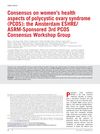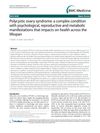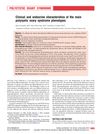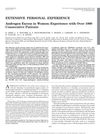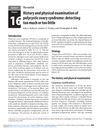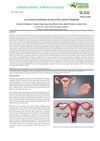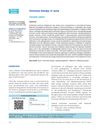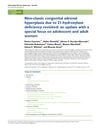Polycystic Ovary Syndrome: Overview and Management
July 2018
in “
Nursing Clinics of North America
”
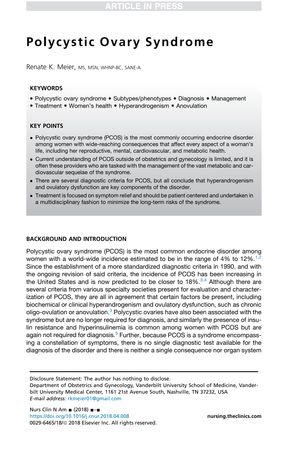
TLDR PCOS is a common hormonal disorder in women, marked by symptoms like hair growth and menstrual issues, and requires personalized treatment.
The document from 2018 provides an overview of Polycystic Ovary Syndrome (PCOS), emphasizing its status as a common endocrine disorder affecting 4% to 12% of women globally and up to 18% in the United States. It details the diagnostic criteria, which include hyperandrogenism and ovulatory dysfunction but not necessarily polycystic ovaries or insulin resistance. The Rotterdam criteria are mentioned for identifying PCOS phenotypes, which are important for assessing chronic disease risk and management. The document also discusses the clinical features of PCOS, such as hirsutism, alopecia, acne, menstrual irregularities, and infertility, as well as associated risks like metabolic syndrome, type 2 diabetes, and mental health disorders. Diagnostic workup involves history, physical examination, laboratory testing, and possibly ultrasonography. Treatment is patient-centered, with oral contraceptives being the first-line treatment for hyperandrogenism symptoms, and clomiphene citrate or letrozole recommended for fertility issues. The document stresses the need for multidisciplinary management and improved education across medical specialties to enhance diagnosis and treatment of PCOS.
